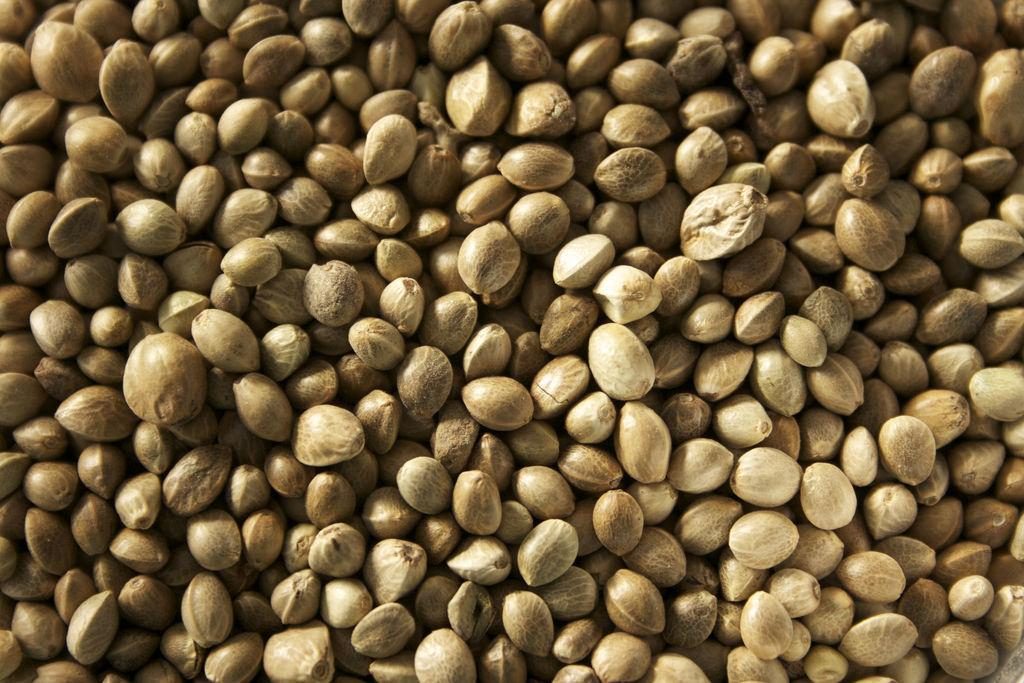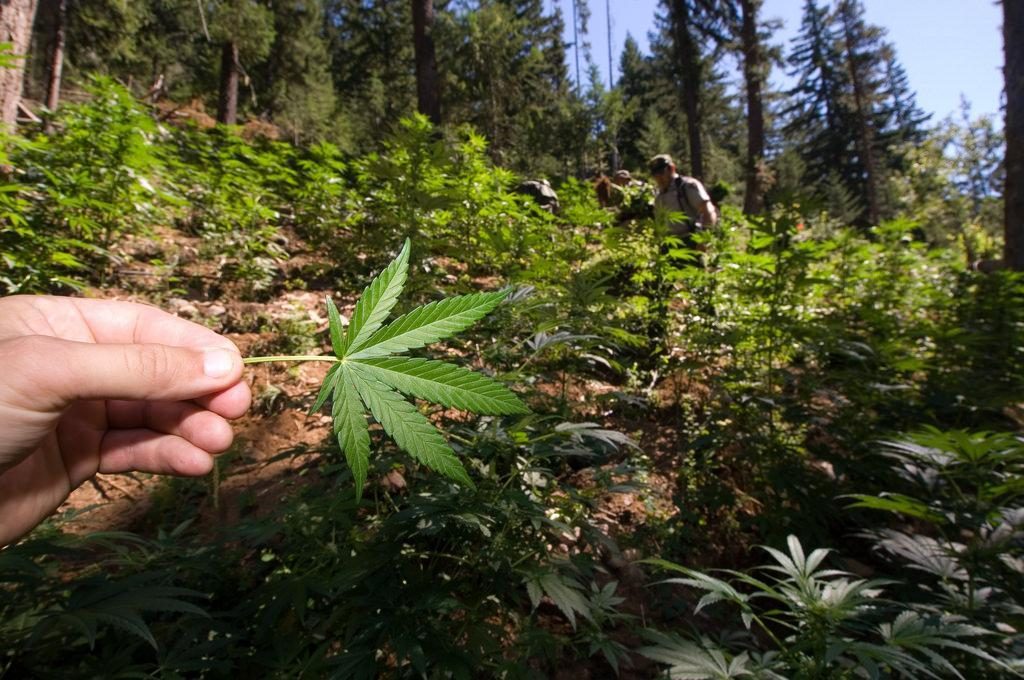Hemp is one of the most useful plants on Earth. Since its first introduction, hemp seeds have become a major health trend that many people could benefit from. However, not everyone knows that hemp is useful for more than just improving our health. According to hemp2wellness, Henry Ford made a car using primarily hemp and recently a Canadian company has made a car from hemp. How amazing is that?
Imagine how that could be expanded to help reducing carbon footprints by replacing excessively used products with stronger and longer lasting materials. The possibilities are endless, but we need to continue getting educated on the different uses of hemp. The more we can educate people on the uses of hemp the faster we can stop using up Earth’s resources.

1. Body Care
One of the most common uses for hemp is to help improve our overall well-being and body image. Because of hemp’s naturally high content of beneficial oils and emollient properties, it is being used in lotions and other skin and hair health products. It is one of the safer alternatives amongst beauty products as it does not contain any of the toxic chemicals present in petroleum-based beauty products. With proper use, hemp products can:
- Alleviate dry skin
- Strengthen nails
- Remove makeup
- Cleanse the skin
- Condition hair
- Reduce acne
- Relieve eczema
While it looks like hemp products have the potential to be amazingly beneficial in the health and beauty industry, there has not been enough tests done to prove or disprove the benefits of hemp. There are some that give a light of hope. However, if you plan on using hemp products for the first time, make sure you consult a doctor or do your own research before diving into it.
2. Nutrition
Another well-known and everyday use for hemp products is in improving our nutritional intake. Hemp products are highly nutritious due to being an excellent source of protein, minerals, and dietary fiber. It is actually one of the only plants that contains all the essential fatty acids and amino acids the human body needs. Typically, people obtain the essential fatty acids they need by taking fish oil supplements or eating fish regularly. Lately, however, this method has been criticized because of overfishing and the risk of chemical contamination from what the fish’s skin has absorbed before being caught. With how fast and easy growing hemp is, there will be little to no fear of the plant being overused. Hemp is even good for our pets as it can benefit them in the same ways hemp benefits us.
3. Cotton Alternative
Cotton can only grow in moderate climates, and it needs an excessive amount of water. It also uses 50% of the world’s pesticides and herbicides to ensure it would be successfully grown. Hemp, on the other hand, is frost tolerant, needs only a moderate amount of water, needs no pesticides or herbicides, and only requires a moderate amount of fertilization. Compared to cotton, one acre of hemp can produce as much fiber as three acres of cotton. Hemp fiber is stronger, softer, lasts longer, and will not mildew. If we were to switch to using hemp as the new fiber source, we would not only save on expenses, but we would also be able to produce more, which can, in turn, reduce the consumer prices on clothes, fabrics, and other textiles.

4. Paper Alternative
Trees take years, from 30 or more, to grow before they are big enough to be harvested for paper. We cannot keep up with the demand for paper products even if new trees are planted in place of the harvested ones; we just do not have the time. Hemp, though, is ready for harvest within 120 days after it is planted. Not only would paper made of hemp keep up with demand, but it would also last hundreds of years more than traditional paper, could be recycled many more times, and would require less toxic chemicals to be produced. We would not even need to plant more hemp after harvesting as it is a regenerating plant. The truth is, we can obtain more from one hemp plant than we can from one tree. We can even eliminate erosion caused by logging which will then reduce topsoil loss and water pollution caused by soil runoff.
5. Plastic Alternative
Just like paper, hemp can be used to make long-lasting and durable plastic products. Standard plastic is made from depleting fossil fuels that release toxic chemicals that are harmful to us. Plastic is near everywhere, and landfills fill up quickly with it before it gets to be recycled which can then become a danger for the environment and animals in it. Hemp made plastics are strong, durable, and are biodegradable. Thousands of safe plastic alternatives can be made from the hemp plant without putting too much pressure on the environment.
6. Building Materials
Not many people know it, but hemp has been used for a year as an alternative building material. The woody inner core of hemp can be harvested and be made into a stronger and lighter wood. Hemp made wood is also waterproof, potentially fireproof, self-insulating, resistant to pests, and stronger against harsh weather. Even cement can be made from hemp by using hemp’s minerals and core fibers. If we were to start building with hemp made wood not only would have stronger and more resilient buildings, but we could also reduce deforestation and allow the trees to grow and remain.
The possibilities of using hemp to improve our daily lives are great, we just need to take the initiative to plant, harvest, and use this super plant. It will be challenging to convince society that the hemp plant is more than just something used to get high, but with enough people actively supporting hemp, there is a possibility for a change. With how much we use growing each year, we desperately need this switch to the super plant, hemp.
About The Author:
Stacey Smith is the freelance health writer. She is passionate to write about women’s health, dental health, diabetes, endocrinology and nutrition and provide in-depth features on the latest in health news for medical clinics and health magazines.




